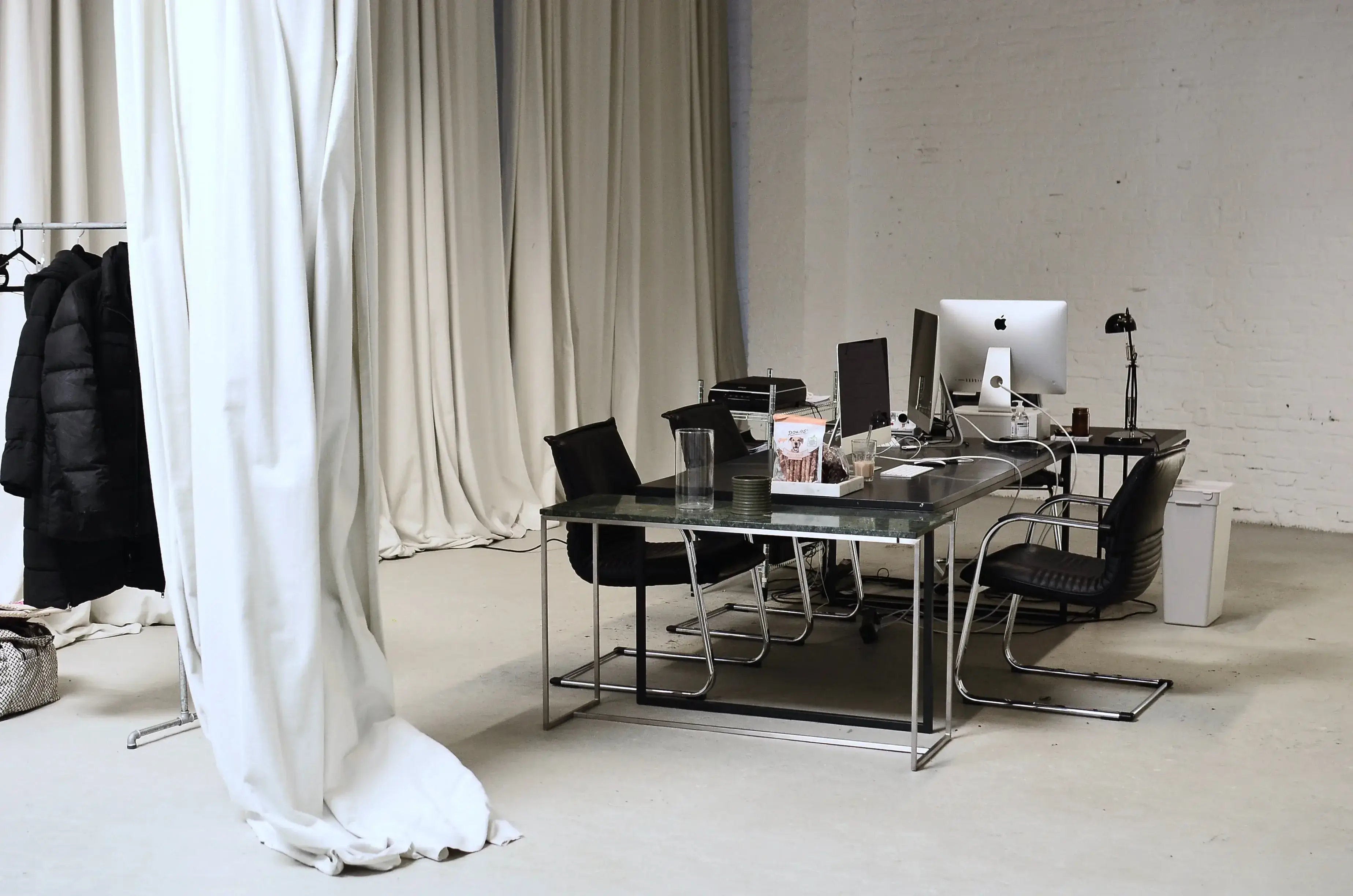How Much Office Space Do You Need Per Employee in the UK in 2025?
A determination of the amount of office space you need per employee can only be achieved through careful analysis of your organization’s goals, reflections upon the allocation of physical space for staff members, and many other responsibilities. Better office planning can eventually lead to workplace efficiency and employee comfort.
In the wake of the COVID-19 pandemic, the significance of office space per employee has become even more pronounced. As organizations around the world grapple with the evolving dynamics of work, the concept of remote and flexible work arrangements has emerged as a defining feature of the post-pandemic era.
This shift has profound implications for the amount of office space required per employee. In this context, understanding the specific needs of UK in 2025 is vital, as it can inform real estate planning, facility management, and company strategies.
Are you searching, “how much office space do I need per employee, UK?” and can’t find any matches? Keep reading to discover tips that can help you resolve this concern;
Office Space Planning, UK: Traditional Office Space Standards
Before diving into the amount of office space you would need for your business, let’s explore some traditional standards for offices as witnessed over the years;
Historical office space standards have often revolved around the idea of cubicles per employee. In the past, offices were designed with the "one-size-fits-all" approach, where each staff member had a fixed desk or cubicle.
This concept stemmed from the need for a structured and routine work environment, which often led to high square footage per employee. It also hoped to support the employees and provide them with some privacy in the workplace.
In traditional office settings, the average square footage needed per employee has been maintained at 11 cubic meters over the years. However, this figure can vary widely depending on the industry, region, and the specific organization's practices.
Companies that have prioritized private offices in the past decade with higher square footage per employee, while those embracing open-plan layouts, have experienced greater efficiency.
How Much Office Space Do I Need Per Employee, UK
Wondering how you can determine this tricky number? Here are the factors to consider;
Shifting To Hybrid and Flexible Work Arrangements
The move towards hybrid and flexible work arrangements is a paramount factor shaping office space per employee requirements. Employees are no longer tethered to a fixed desk, and this transformation has necessitated a reevaluation of how space is used.
It is much easier to align with the office space you need if you invest in a hybrid work arrangement. The easier the timings, the lesser the need for a traditional space. You can adjust the space according to the number of employees you currently have and don’t need to waste extra space. This can be achieved through coworking spaces.
Embracing Technological Advancements
Technological advancements and the advent of remote work have enabled employees to work effectively from various locations. As a result, the traditional model of assigning a fixed workspace to each employee is no longer sacrosanct.
Technology can also be used to determine the office space you need. You can utilize space planning software to understand how much space you need according to your employees’ roles.

Understanding Industry and Company-Specific Requirements
The best way to determine your office space requirements is to understand industry and company-specific needs. These play a significant role in determining office space or layout.
Different industries have varying office space requirements, reflecting their unique workflows and cultures. For example, technology companies often favor open, collaborative environments to foster innovation, while financial institutions may need more private offices for confidentiality. Healthcare facilities require specialized spaces for patient care, and the configuration of office space will reflect these specific needs. Similarly, creative industries may require open spaces to invest in the creative potential of their employees.
Examples of industry-specific space requirements include tech companies like Google, which are known for their creative, open workspaces that encourage spontaneous interactions. In contrast, law firms typically maintain private offices for attorneys due to client confidentiality. The healthcare sector necessitates clinical spaces for patient care, along with administrative areas.
Furthermore, individual company cultures and policies, such as a focus on employee well-being, can impact space requirements. In 2025, these specific considerations will converge with the broader trends in office space design and utilization, making it a fascinating and dynamic field to explore.
Still asking “how much office space do I need per employee, UK?” Keep reading to learn more;
The Importance of Flexible Office Space Solutions
The importance of flexible office space solutions cannot be overstated in the ever-evolving world of work. Adapting to the changing needs of employees and businesses requires a thoughtful approach to space design, incorporating technology, and industry-specific considerations.
Finding the perfect fit with Office Hub, can assist organizations in navigating this dynamic landscape. Office Hub offers expertise in optimizing office space, including flexible design, IoT integration, and tailored solutions for various industries.
As the workforce continues to evolve, so must our approach to office space. Flexibility, technology, and industry-specific adaptations are key elements in creating work environments that are both efficient and conducive to employee well-being. Adapting to these changes will be crucial in the pursuit of a successful and forward-looking workplace.


